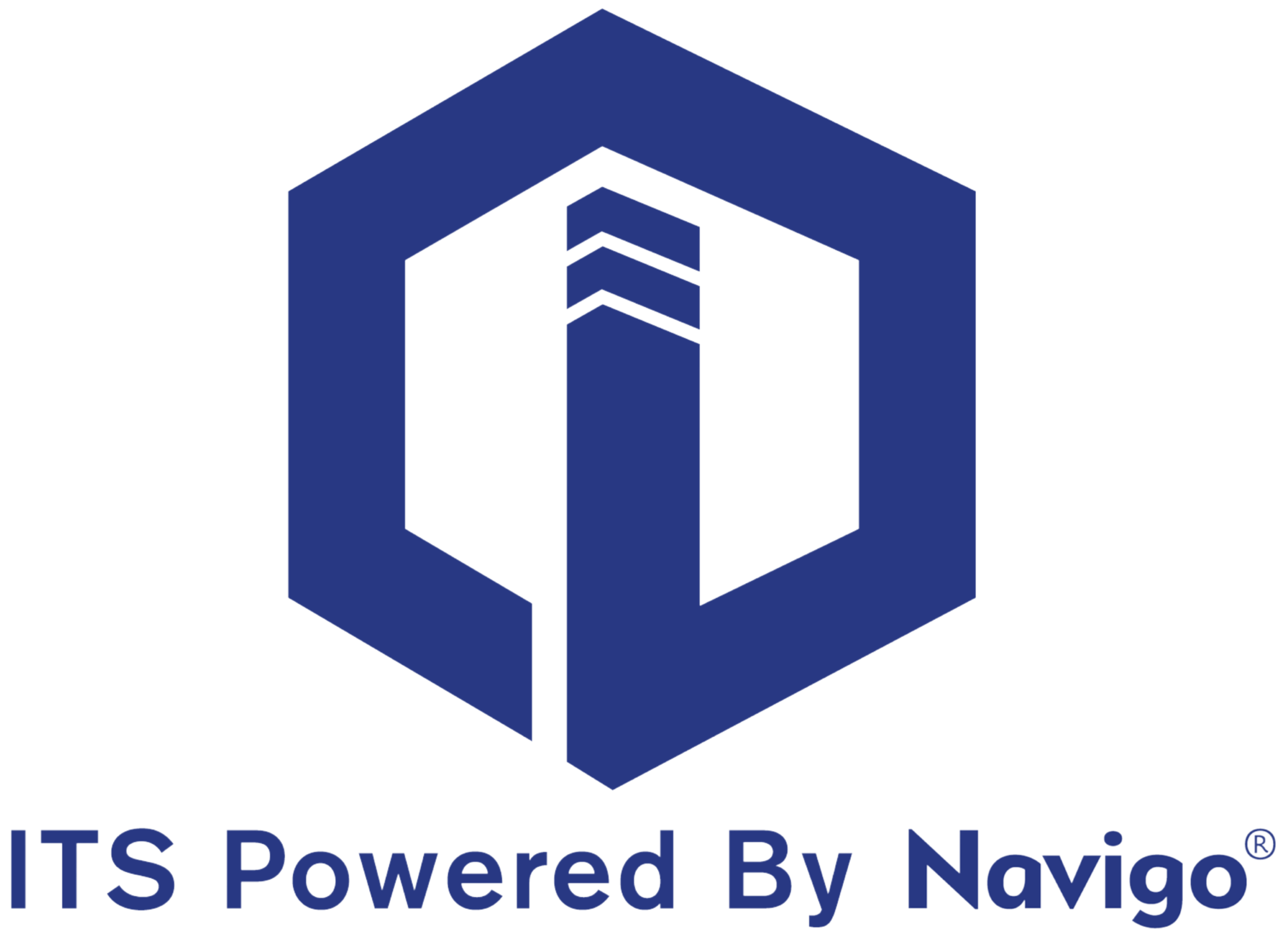Headquarters
7150 Columbia Gateway Drive, Suite L, Columbia, MD 21046
New York Location
112 West 34th Street, 18th floor, Room 18025 New York, NY 10001

Proud member

A visitor management system has become an integral part of modern property management, enhancing security and efficiency for multi-tenant buildings.
These systems operate at various levels, each offering distinct features and capabilities.
Deciding which level of visitor management system to implement requires a thoughtful consideration of several factors to ensure the best fit for your property's needs.
At the basic level, a visitor management system offers core functionalities such as digital visitor logs. It provides a step up from traditional paper-based methods, improving accuracy and organization. This level is suitable for smaller properties with moderate foot traffic where the primary concern is recording visitor details and maintaining a basic level of security.
An intermediate visitor management system introduces features like self-service check-in, pre-registration, badge prints, and notification alerts. This level suits mid-sized multi-tenant buildings seeking improved visitor experience and streamlined operations. It enables tenants to pre-register visitors, reducing wait times at the front desk and providing a higher level of convenience.
For larger and high-security multi-tenant properties, an advanced visitor management system is recommended. This level includes robust security features like real-time background checks, integration with access control systems, and detailed analytics. It offers proactive security measures, rapid response to security threats, and insights into visitor patterns. Additionally, an advanced visitor management system often supports mobile apps, allowing tenants to manage their visitors remotely.
Factors to Consider
Property Size and Traffic: Evaluate the number of visitors your property receives daily. Smaller buildings may benefit from basic or intermediate levels, while larger complexes with higher traffic may require advanced features.
Security Needs: Consider the level of security required for your property. High-security environments, such as corporate offices, may necessitate advanced features like facial recognition and background checks.
Tenant Expectations: Understand your tenants' expectations. Some tenants might prefer the convenience of self-service check-in and pre-registration, while others prioritize top-notch security measures.
Budget: Assess your budget for visitor management system implementation and ongoing maintenance. More advanced features generally come at a higher cost.
Integration: If you already have security infrastructure in place, consider a visitor management system that can seamlessly integrate with your existing systems.
Scalability: Plan for the future. Choose a visitor management system that can accommodate growth and changing needs.
Ease of Use: Prioritize user-friendliness for both visitors and staff. An overly complex system can lead to frustration.
Regulatory Compliance: Ensure that the chosen visitor management system aligns with data protection regulations and privacy concerns.
Ultimately, the decision on the level of visitor management system for your multi-tenant building should strike a balance between security, convenience, and cost. Thoroughly evaluating these factors will help you make an informed choice that enhances your property's operations and meets the needs of both tenants and visitors.
Explore itouchinc.com for more information on our solutions or contact us for needs unique to your property or project.
7150 Columbia Gateway Drive, Suite L, Columbia, MD 21046
112 West 34th Street, 18th floor, Room 18025 New York, NY 10001

Proud member
Toll-Free
Phone
© Copyright 2025 ITS, Inc. All rights reserved.
Stay in touch with the latest news and updates from ITS, Inc.
7150 Columbia Gateway Drive, Suite L
Columbia, MD 21046
112 West 34th Street, 18-025
New York, NY 10001